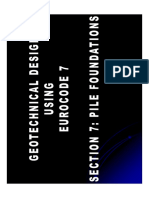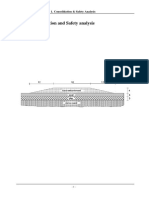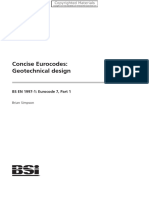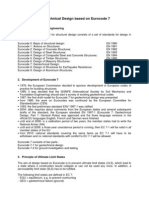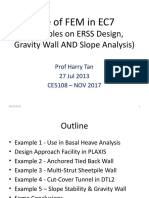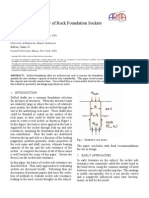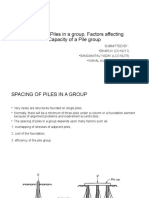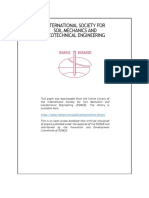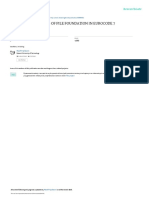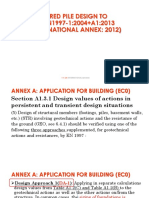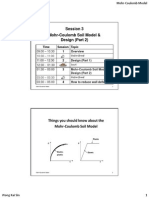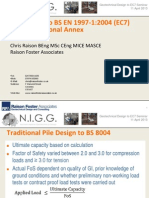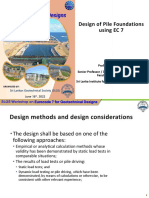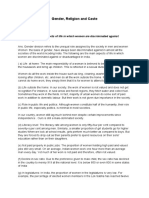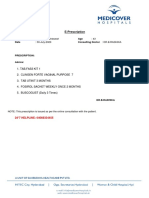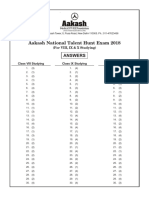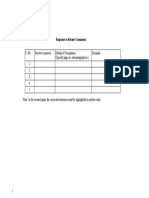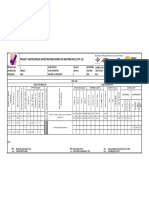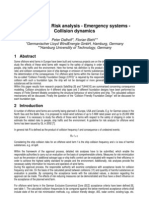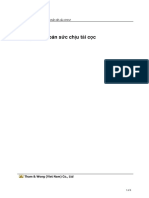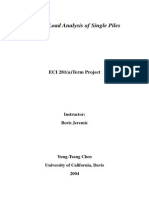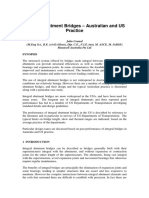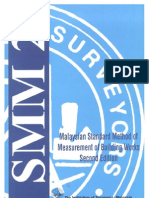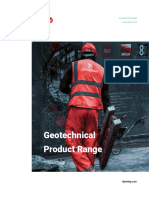0% found this document useful (0 votes)
726 views20 pagesBridge Design for Engineers
This document discusses challenges in designing a new cable-stayed bridge according to Eurocode 7 standards. It identifies three main challenges:
1) Numerous combinations of load factors that can be forgotten, requiring interaction between structural and geotechnical engineers.
2) A lack of guidance on partial factors for accidental loading conditions.
3) Confidence in the design of large-diameter piles, as calculation models are untested for piles over 1.5 meters and socket friction is influenced by several variables that can't be directly determined. Managing interaction between geotechnical and structural engineers early and checking calculation models are recommended to address these challenges.
Uploaded by
Eswara PrasadCopyright
© © All Rights Reserved
We take content rights seriously. If you suspect this is your content, claim it here.
Available Formats
Download as PDF, TXT or read online on Scribd
0% found this document useful (0 votes)
726 views20 pagesBridge Design for Engineers
This document discusses challenges in designing a new cable-stayed bridge according to Eurocode 7 standards. It identifies three main challenges:
1) Numerous combinations of load factors that can be forgotten, requiring interaction between structural and geotechnical engineers.
2) A lack of guidance on partial factors for accidental loading conditions.
3) Confidence in the design of large-diameter piles, as calculation models are untested for piles over 1.5 meters and socket friction is influenced by several variables that can't be directly determined. Managing interaction between geotechnical and structural engineers early and checking calculation models are recommended to address these challenges.
Uploaded by
Eswara PrasadCopyright
© © All Rights Reserved
We take content rights seriously. If you suspect this is your content, claim it here.
Available Formats
Download as PDF, TXT or read online on Scribd
/ 20

